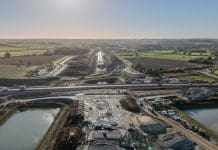This week, HS2’s main works contractor EKFB began work on a year-long project that will see a half-kilometre viaduct deck slide into position above the Misbourne Valley in Buckinghamshire
The 450m-long viaduct deck will be the first major railway bridge in the UK to be built with a ‘double composite’ approach.
This approach uses significantly less carbon-intensive concrete and steel than a more traditional design – and has allowed HS2 to halve the amount of embedded carbon in the structure.
The viaduct is one of 50 major viaducts on the HS2 project
The deck is being assembled in three stages, ranging from 90m to 180m sections.
Commenting on the viaduct deck slide, James Collings, EKFB’s senior engineer, said:“The project team has reached a fundamental milestone in the build of this industry-leading viaduct.
“We’re progressing well with the first-of-three steel launches being conducted this year and already looking forward to seeing this viaduct come to life. Along with our supply chain partners, Eiffage Metal, we’re proud to be delivering this viaduct safely and to programme.”
HS2’s ‘double composite’ approach is set to cut the carbon footprint of the viaduct by 56%
EKFB and design partner ASC worked together on the double composite approach, which was inspired by structures on the French high-speed TGV network.
The approach is set to cut the carbon footprint of the structure by 56% – saving almost 13,000 tonnes of embodied carbon.
The Wendover Dean Viaduct will be supported by nine evenly spaced piers, some of which will be up to 14 metres high.
These consist of a series of hollow pre-cast concrete shells – manufactured in Northern Ireland – which are placed on top of each other and filled with concrete and steel reinforcing.


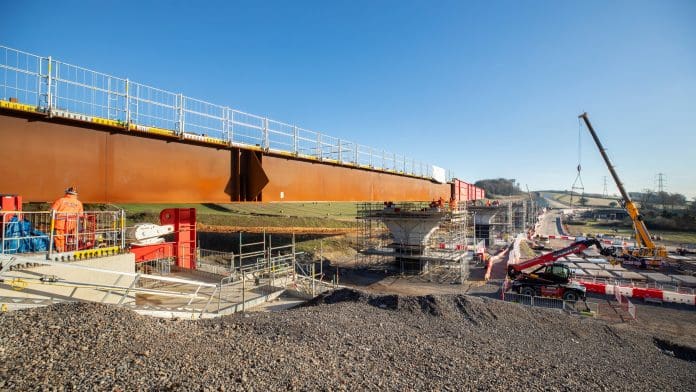
![[VIDEO] HS2 completes 4,600-tonne viaduct slide across M6 The HS2 team completed a 17-hour long operation sliding the viaduct structure across the M6 without closing the motorway](https://www.pbctoday.co.uk/news/wp-content/uploads/2025/12/M6-South-viaduct-slide-taking-place-across-a-live-motorway-December-2025-218x150.jpg)


![[VIDEO] Heathrow’s third runway plan wins out over Arora London, United Kingdom – May 31, 2023: A commercial airliner taking off at London's Heathrow Airport, representing plans for a third runway](https://www.pbctoday.co.uk/news/wp-content/uploads/2025/11/iStock-2143084103-218x150.jpg)
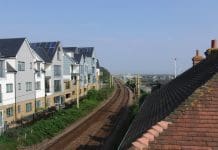


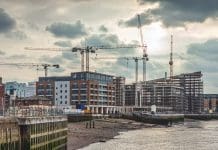

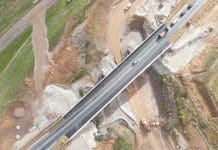
![[VIDEO] HS2 celebrates final boring tunnel breakthrough The 125-metre-long tunnel boring machine was launched in March 2024 and arrived at Washwood Heath yesterday morning (13 October)](https://www.pbctoday.co.uk/news/wp-content/uploads/2025/10/HS2-staff-engineers-and-tunnellers-gather-in-front-of-the-Bromford-tunnels-after-the-breakthrough-of-Elizabeth-Oct-2025-218x150.jpg)
